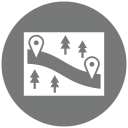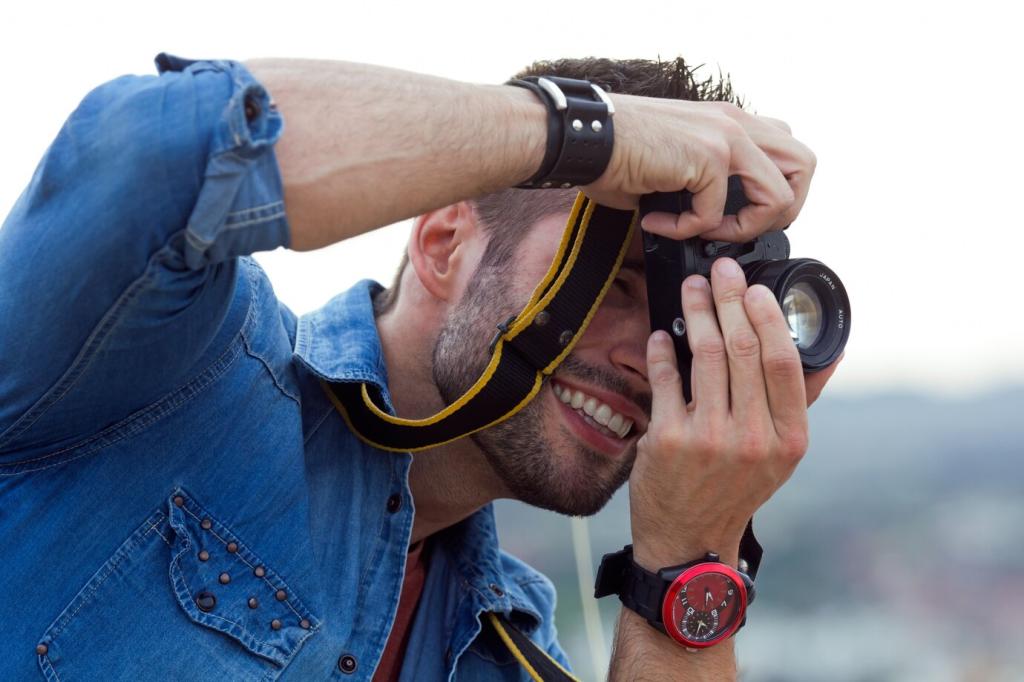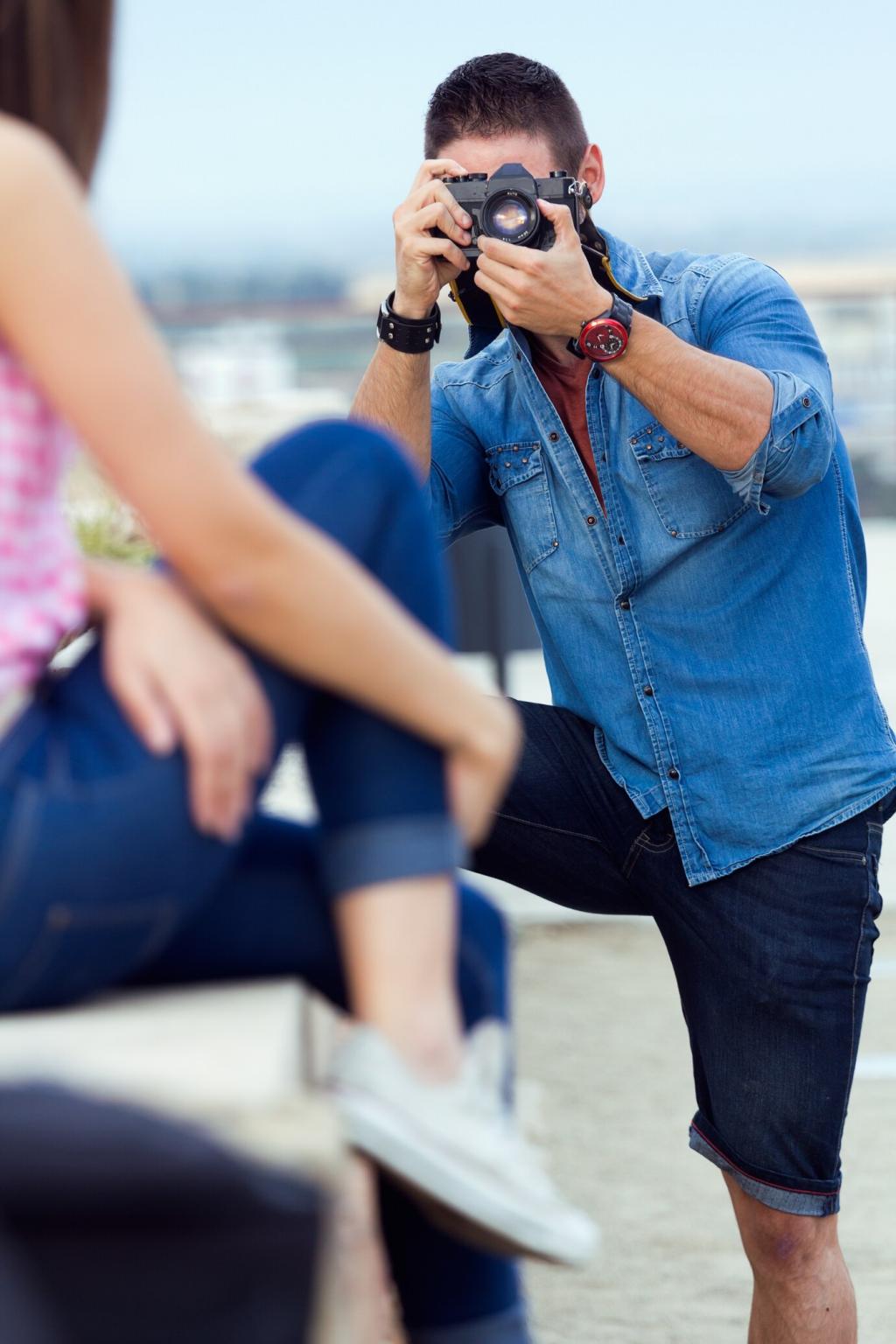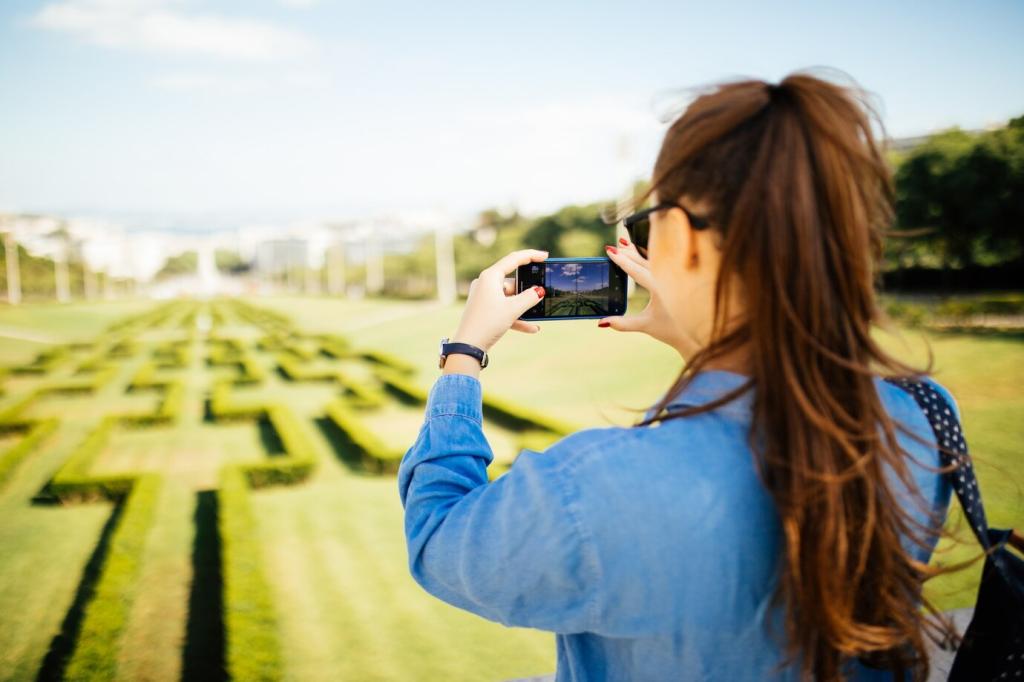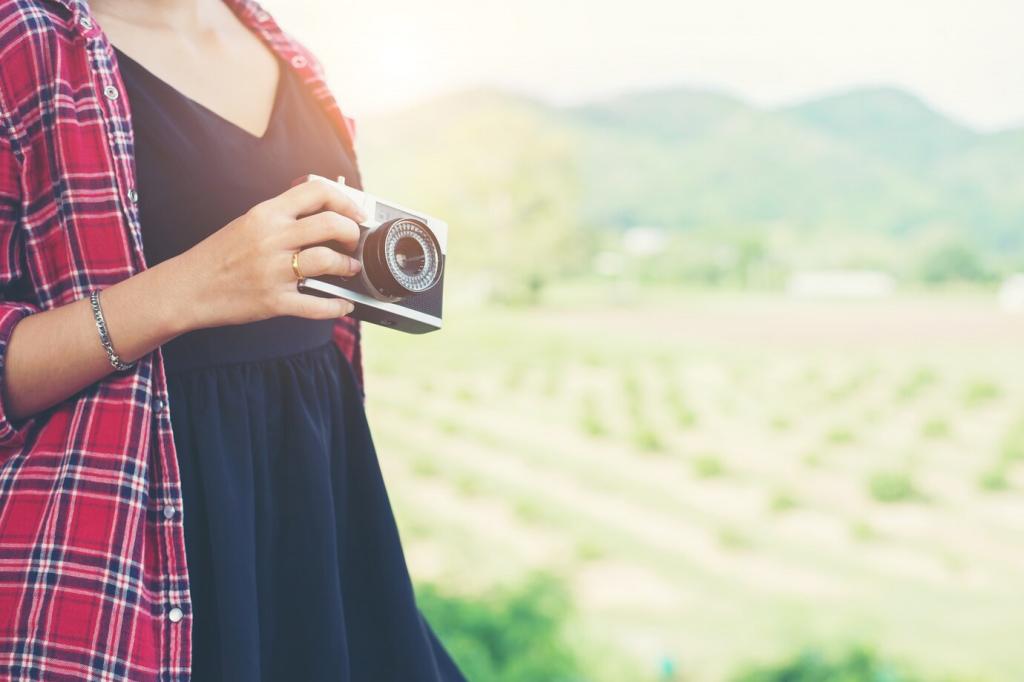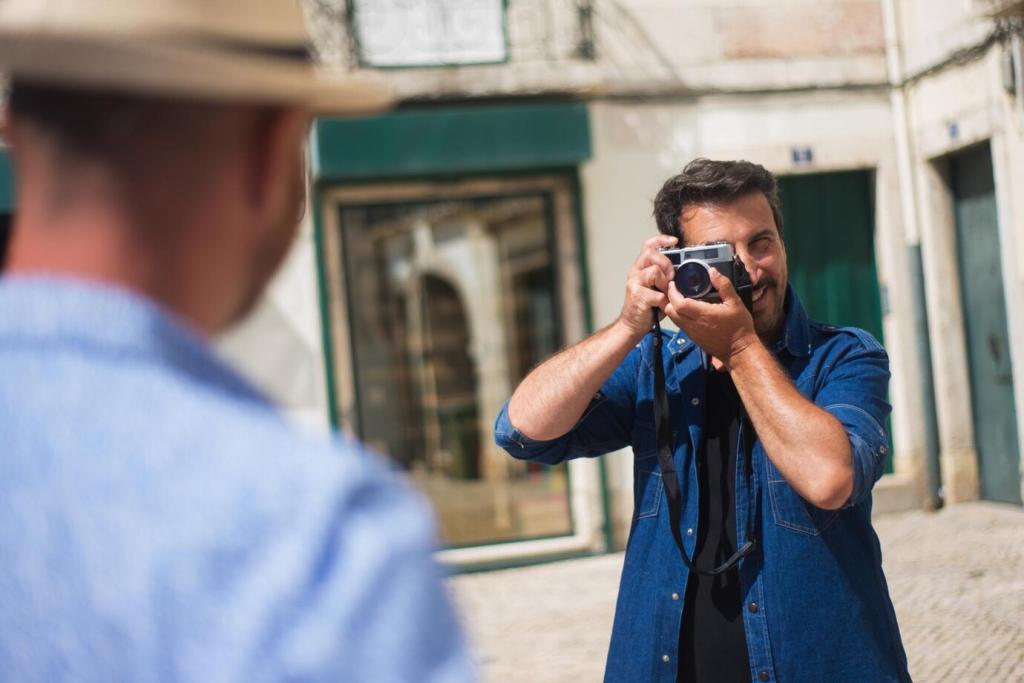Leave No Trace Photography: Safer Trails, Cleaner Frames
Stick to rock, gravel, and established paths to avoid trampling meadows or cryptobiotic soil. Your footing is more predictable, your tripod seats securely, and your composition stays honest to the landscape’s natural contours.
Leave No Trace Photography: Safer Trails, Cleaner Frames
Use hand signals, planned shot order, and gentle voices near wildlife habitats. Coordinated teams move efficiently, avoid collisions on narrow stairways, and leave fewer scuffs, improving safety and the visitor experience for others.
Leave No Trace Photography: Safer Trails, Cleaner Frames
Tell us your smartest safety habit for National Park trails, then subscribe for field-tested checklists and trip-ready reminders. Comment with your favorite park, and we may feature your photo and lesson in a future story.
